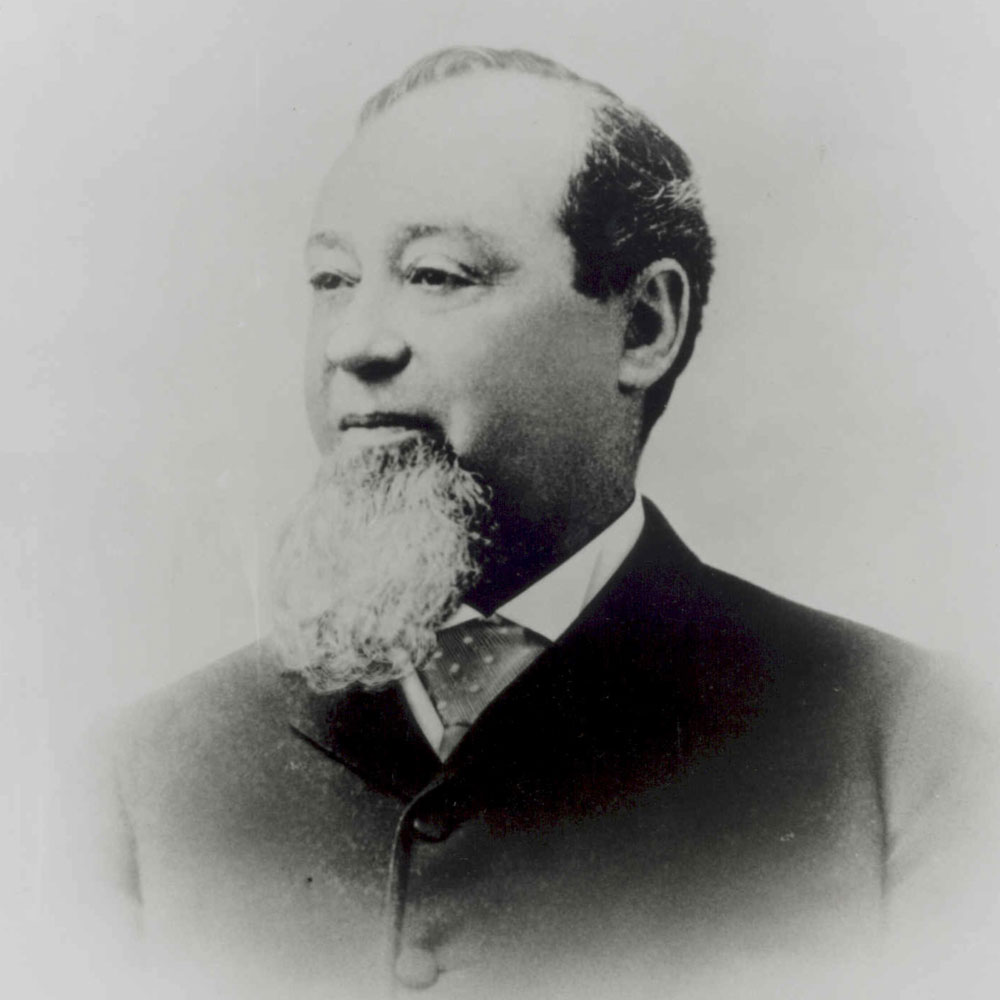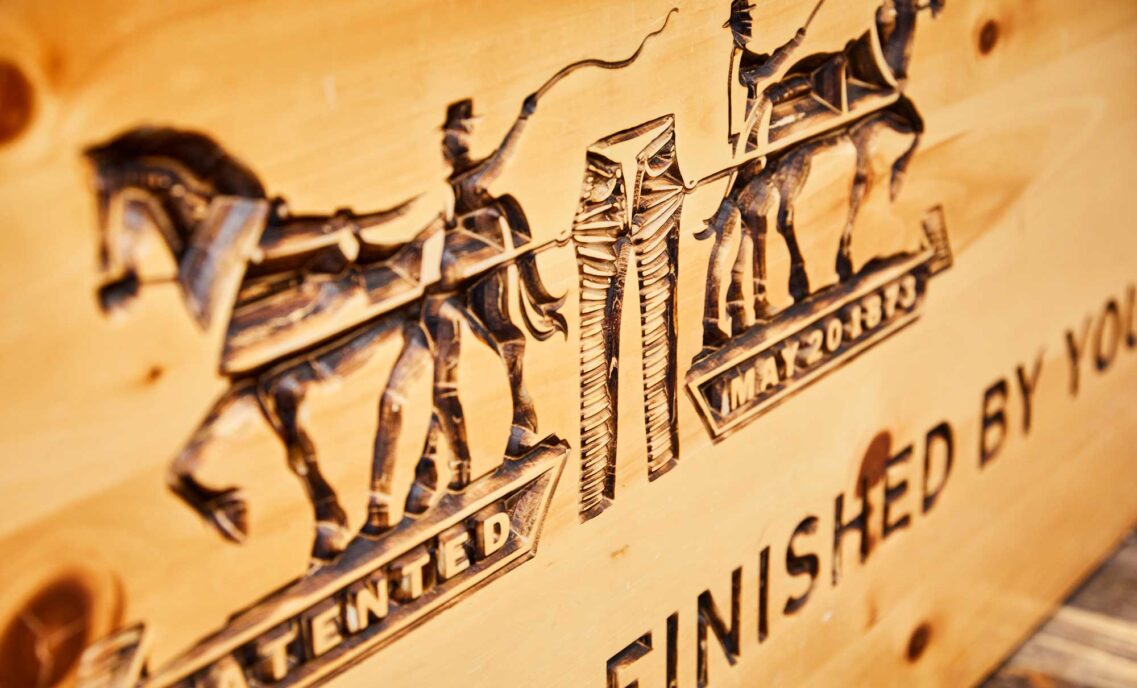One of the reasons jeans remain so popular is that each pair takes on a unique pattern of wear and tear that changes over time. It doesn’t look old – it looks “lived in.” More personal. More “you.”
A few years ago, designers realized that they could get a head start during the finishing process, creating a pair of jeans that already appears worn when you buy it.
Sandblasting is one of a number of techniques used to create this look. When sandblasting is used, rigorous work practices must be in place to protect factory workers from potentially serious harm resulting from exposure to silica (a compound found in sand).
At Levi Strauss & Co., we’ve put in place some of the strictest standards and monitoring programs in the industry to ensure that workers who produce our jeans are not subjected to the risks related to silica.
But we recognize that there are factories – often linked to counterfeit operations – that do not apply these same safeguards. And because they don’t rigorously enforce proper health and safety standards for sandblasting, they put unsuspecting workers at risk.
This is a serious industry concern. And even though we at Levi Strauss & Co. are confident in our practices, we’ve decided that the best way we can help ensure no worker – in any garment factory – faces this risk is to move to end sandblasting.
Today, as a sign of our commitment to the health and safety of workers across the apparel industry, Levi Strauss & Co. has teamed up with H&M to announce a global ban on sandblasting in all of our product lines, across all of our brands. We have been working closely with H&M and share an ongoing commitment to safeguarding workers. We are proud to stand together to make this important commitment to the health and safety of workers across the apparel industry.
This isn’t the first time we’ve taken a first step in hopes of influencing industry practices. Levi Strauss & Co. has always been at the forefront on worker safety.
In 1991, we introduced our Terms of Engagement, which established guidelines for our factories and product suppliers on labor, health and safety, and environmental requirements. What was an unprecedented step at the time is now a standard practice by most leading companies in the apparel industry.
As the world’s first and largest jeanswear company, we think about how our actions will impact the apparel industry overall. We encourage other companies to join us in this ban, and we hope that it becomes an important step towards eliminating sandblasting as an industry practice.
There are other ways to achieve a worn finish. We’re confident our customers – no matter how they like the finish of their jeans – feel the same way.







